Employer Response to Grievance Letter Template
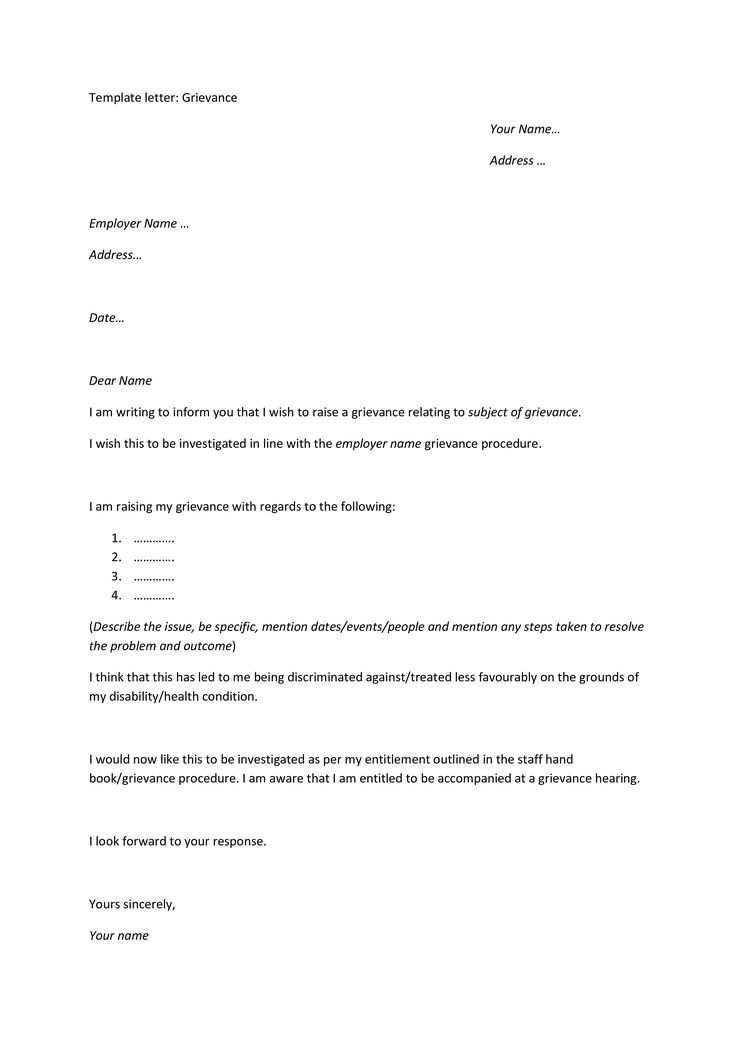
When an employee raises an issue or expresses dissatisfaction, it is crucial for an organization to address the matter swiftly and professionally. Effective communication is key to resolving disputes, fostering trust, and maintaining a positive work environment. A structured approach to dealing with such concerns can make a significant difference in how the situation unfolds.
Clear and respectful dialogue not only helps in solving the problem but also ensures that the company’s actions align with legal and ethical standards. It is important for any workplace to have a well-defined procedure for handling such matters, ensuring that employees feel heard and valued while maintaining harmony within the team.
Properly addressing complaints requires an understanding of both the issue at hand and the expectations of the employee. This process involves more than just providing a simple answer; it requires thoughtful consideration of the facts, emotional sensitivity, and the aim of reaching a mutually beneficial resolution.
Understanding Grievance Letters in the Workplace
In any professional setting, there are times when employees may experience issues that impact their work environment or personal well-being. These concerns, when formally communicated, play a crucial role in identifying problems and ensuring they are addressed in a constructive way. Understanding the importance of these communications is key for any organization to maintain a positive and productive atmosphere.
What Triggers Formal Complaints?
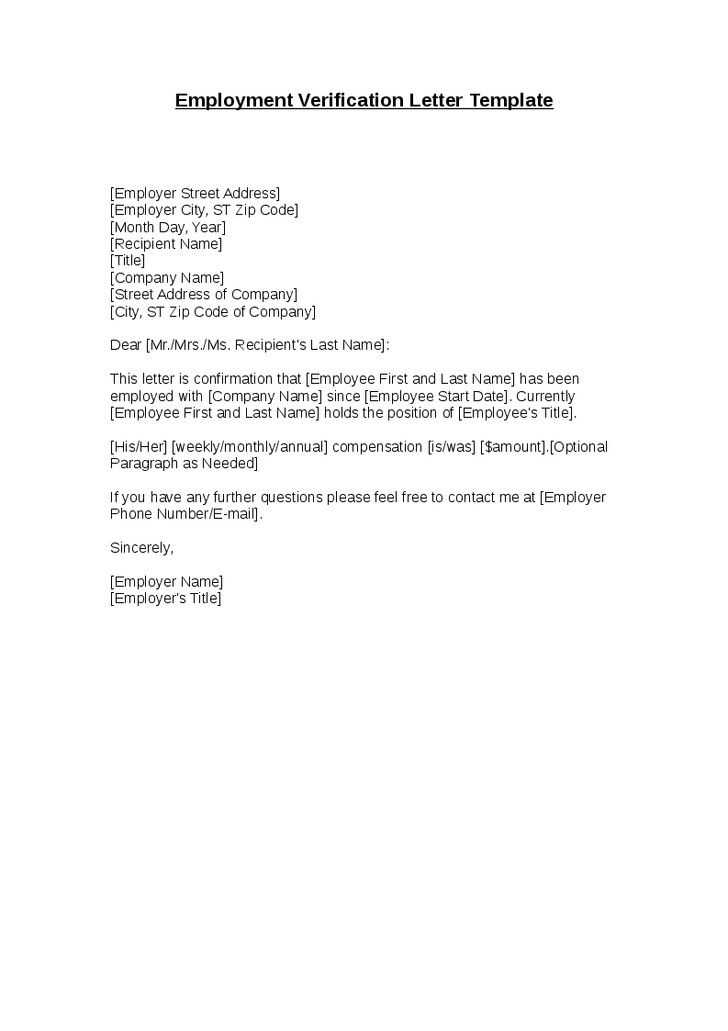
Employees may raise concerns due to a variety of reasons, such as unfair treatment, safety issues, or conflicts with coworkers or management. When these situations arise, a structured form of communication helps to bring clarity to the issue and provide a documented record. Recognizing these triggers early on can help prevent small issues from escalating into larger conflicts.
The Role of Clear Communication
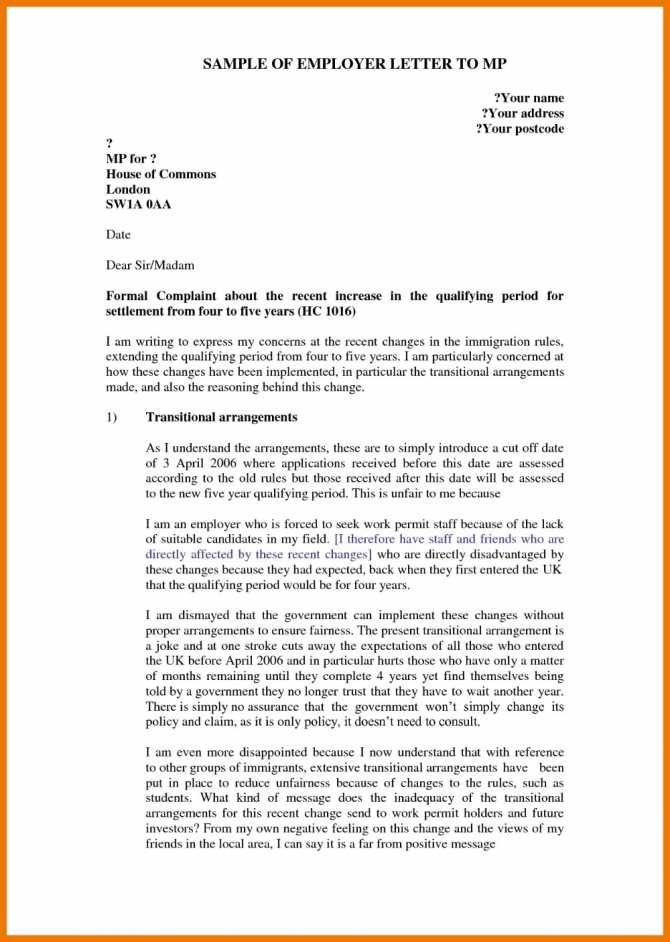
For any issue to be resolved effectively, it is essential that both the individual voicing the concern and the organization involved engage in clear and respectful communication. A well-drafted communication serves as a tool for both parties to understand the issue, identify potential solutions, and work towards a resolution in a professional manner. The clarity and tone of this communication are pivotal in ensuring that the process is fair and transparent.
Importance of a Well-Written Response
When an issue is raised within a workplace, addressing it properly is essential for maintaining trust and respect between all parties involved. A thoughtful and clearly articulated reply helps establish a constructive dialogue, demonstrating that the concerns are being taken seriously. Such communication not only clarifies the matter but also ensures that appropriate action is taken to resolve it.
Clarity is one of the key elements in crafting an effective reply. A well-structured communication helps avoid misunderstandings and provides the recipient with a clear understanding of the steps being taken. Additionally, it shows commitment to resolving the matter in a professional and fair manner, which can prevent any further tension.
Timeliness also plays an important role in handling issues. Responding quickly and efficiently shows that the matter is being prioritized, which can help to de-escalate frustration or dissatisfaction. A prompt reply indicates that the organization values the individual’s concerns and is committed to maintaining a positive working environment.
Key Elements of an Effective Reply
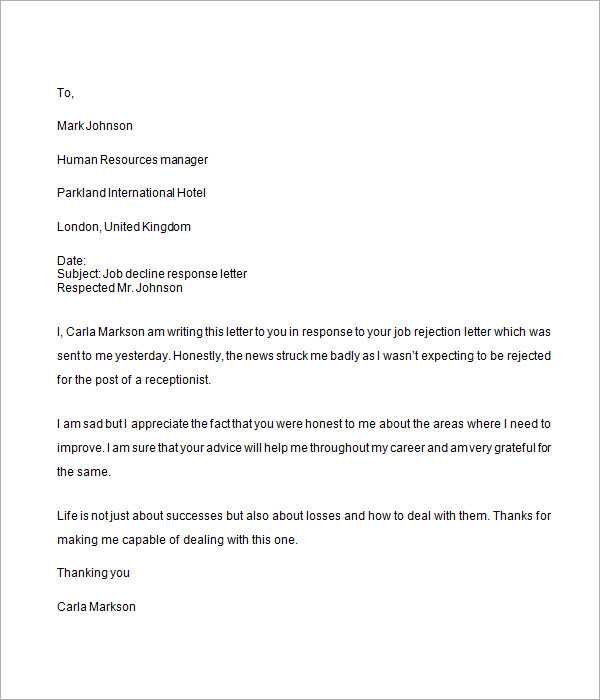
When addressing an issue raised by an employee, it is important that the reply is composed thoughtfully and with key elements that ensure clarity and effectiveness. A well-structured communication should include several components to ensure that the matter is addressed comprehensively and professionally.
The first essential element is acknowledgment. It is crucial to clearly acknowledge the concern being raised and show empathy towards the individual involved. Recognizing the issue demonstrates that the concern is taken seriously and helps build a foundation of trust.
Another important aspect is clarity of action. The reply should clearly outline the steps that will be taken to address the issue, whether it is an investigation, a policy review, or any other necessary action. This provides transparency and ensures that both parties understand what to expect moving forward.
Professional tone is also vital. Maintaining a respectful and neutral tone throughout ensures that the communication remains focused on the issue at hand, without personalizing or escalating the situation unnecessarily. This fosters a collaborative approach towards problem-solving.
Professional Tone and Clear Communication
In any workplace, effective communication is essential when addressing concerns raised by employees. A reply should not only resolve the issue but also convey a sense of respect and professionalism. The way in which information is communicated can influence how the message is received and ensure that the process remains constructive.
Maintaining a professional tone is critical. This ensures that the discussion remains focused on the issue, not personal emotions or biases. It helps to avoid escalating the situation and keeps the conversation respectful. Key points to consider when aiming for a professional tone include:
- Using neutral, non-judgmental language
- Avoiding overly casual or informal expressions
- Ensuring that the communication is polite and respectful
Equally important is clear communication. A response should leave no room for confusion, providing direct answers and outlining the next steps in a straightforward manner. To achieve clarity, one can:
- Break down the message into easy-to-follow points
- Use simple and concise language
- Ensure that expectations and actions are clearly defined
By adopting these practices, organizations can ensure that concerns are addressed in a way that fosters trust and resolution, avoiding unnecessary misunderstandings.
Steps to Addressing Employee Complaints
When an employee voices a concern or complaint, it is crucial to approach the situation in a structured and systematic manner. By following a clear process, organizations can resolve issues effectively and prevent further complications. A well-organized approach not only helps in addressing the immediate problem but also contributes to a positive and supportive workplace culture.
Initial Acknowledgment and Understanding
The first step in addressing any issue is acknowledging the complaint promptly. It is important to show the individual that their concern has been heard and that it will be taken seriously. Following this, it is essential to fully understand the nature of the issue. This may involve asking clarifying questions and gathering all relevant details to ensure that the matter is properly assessed.
Investigation and Resolution
Once the concern is understood, the next step is to investigate the issue thoroughly. This involves reviewing all available information, speaking with the parties involved, and identifying the root cause of the problem. After gathering the necessary facts, appropriate actions can be taken to resolve the matter. These actions may include policy changes, disciplinary measures, or providing additional support to the affected parties.
By following these steps, organizations can ensure that complaints are addressed fairly and efficiently, leading to a more harmonious and productive work environment.
Common Mistakes to Avoid in Responses
When addressing a concern raised by an employee, it’s easy to make mistakes that can worsen the situation or lead to misunderstandings. The way an issue is handled can affect the outcome, so it’s crucial to be mindful of common pitfalls that could hinder the resolution process. Understanding these missteps will help ensure a more productive and positive interaction.
Rushing the Process

One of the most common errors is rushing through the communication process. It’s tempting to quickly resolve the matter without thoroughly understanding the situation. However, this can lead to overlooking important details and making premature decisions. Taking the time to assess the issue carefully is key to finding a fair and appropriate solution.
Using Negative or Defensive Language
Another mistake to avoid is responding with negative or defensive language. Such responses can escalate the situation and create unnecessary tension. Instead, it’s important to maintain a neutral and respectful tone, ensuring that both parties feel heard and valued. Here is a comparison of what to avoid:
| Mistake | Effective Approach |
|---|---|
| Using dismissive language like “You’re wrong” | Expressing understanding and asking for clarification: “Let’s explore this further.” |
| Being overly defensive | Remaining calm and solution-focused: “I see your concern, let’s work on resolving it.” |
| Not acknowledging the issue | Recognizing the problem: “I understand why this would be frustrating.” |
Avoiding these mistakes will help ensure that concerns are addressed in a professional and effective manner, promoting trust and cooperation in the workplace.
How to Maintain Legal Compliance in Replies
When addressing a complaint or concern in the workplace, it’s essential to ensure that all communications are legally compliant. Failure to adhere to relevant labor laws, regulations, or company policies can result in significant consequences, including legal action or damage to the organization’s reputation. To avoid these pitfalls, it is important to follow a few key practices when crafting a reply to an employee’s concern.
First and foremost, it is crucial to understand the relevant laws and ensure that all responses align with them. Laws regarding workplace conduct, employee rights, and discrimination must be carefully considered. Some important points to follow include:
- Complying with anti-discrimination laws
- Ensuring confidentiality and privacy regarding personal information
- Adhering to fair treatment standards and procedures
Another important consideration is documenting all communications. Every reply and follow-up should be well-documented for future reference. This serves as a record of the actions taken and can protect both the organization and the employee in case of future disputes.
Lastly, be sure to consult with legal advisors if necessary, especially when dealing with complex issues or situations that could result in legal challenges. Legal experts can help ensure that all actions taken are within the framework of applicable laws and regulations.
By following these guidelines, organizations can maintain legal compliance while addressing concerns in a fair and consistent manner.
Best Practices for Managing Employee Grievances
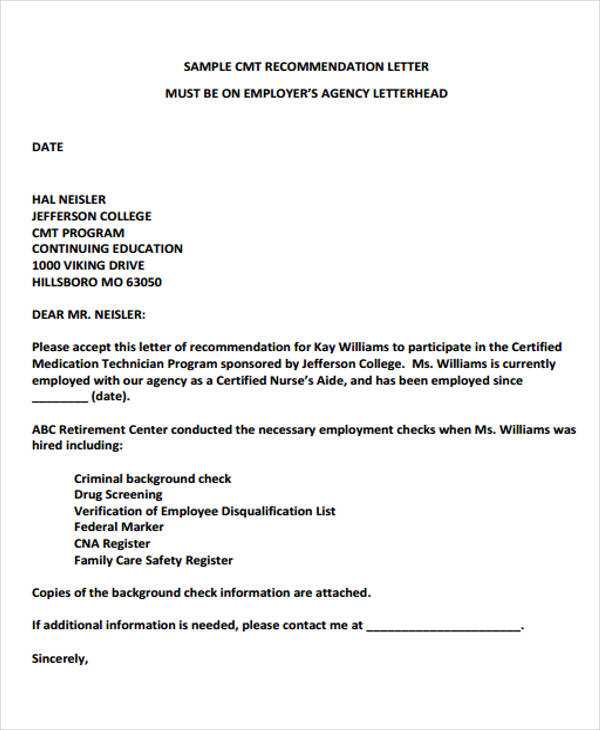
Effectively handling employee concerns is essential for maintaining a positive workplace environment. By applying best practices, organizations can ensure that issues are addressed in a fair, timely, and respectful manner. This not only helps resolve individual problems but also fosters trust and engagement within the team. Following a structured approach can improve communication and ensure that all parties feel heard and valued.
Prompt Acknowledgment and Active Listening
The first step in managing concerns is to acknowledge them promptly. Delayed responses can lead to frustration and may escalate the situation. When an issue is raised, listen actively and attentively to the employee’s perspective. Showing empathy and validating their feelings can set a positive tone for the conversation. It is important to take notes and ask clarifying questions to fully understand the issue before proceeding.
Clear and Transparent Resolution Process
Once the concern has been understood, it is crucial to clearly communicate the next steps and expected timelines for resolution. Transparency throughout the process builds trust and helps prevent misunderstandings. Keeping the employee informed of progress and actions being taken ensures that they remain engaged and reassured that their issue is being handled appropriately.
By following these best practices, organizations can effectively manage concerns, ensuring a positive and productive work environment for everyone involved.